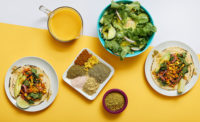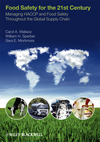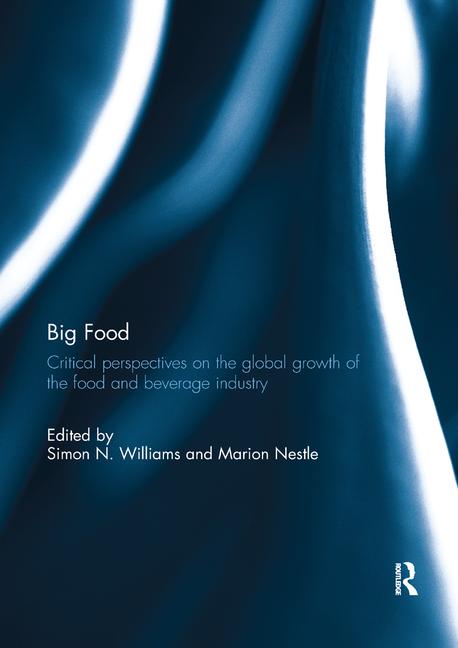Nutraceuticals Driving Global Demand for Indian Spices

March 20/Kochi, India/The Economic Times -- Growing demand from the emerging segment of nutraceuticals is driving the global consumption of Indian spices further at a time when the country is straining to meet the needs of the traditional food sector.
Non-traditional use of spices including nutraceuticals now accounts for nearly 15% of spice production in the country. The new lines of applications are growing at a rate of 10-12%, according to Spices Board officials.
"Our annual requirement of 40,000-50,000 tons of spices is increasing at a rate of 20-22%. And since supply is dwindling in India, we are looking at other countries for import," said Muhammed Majeed, managing director of nutraceutical maker Sami Labs based in Bangalore.
The pharma industry is discovering the use of turmeric in cancer medicine. "Earlier, they used just 500mg to 1g of turmeric extract in such drugs. But now, researchers are suggesting up to even 12g to treat various types of cancer," he pointed out. Sami Labs has developed a new product called white turmeric which finds application as a skin lightener.
Apart from turmeric, which is the most sought after spice in the nutraceutical market, black pepper, ginger and cinnamon are the other spices that are in demand.
"Recently, the new drug developed from capsicum extract for weight loss has been a rage in the U.S.," Geemon Korah, chairman of All India Spices Exporters Forum and CEO of Kancor Ingredients, said.
"We require a large quantity of spices like turmeric, ginger, garcinia," PJ Kunjachan, managing director, Arjuna Natural Extracts, a player in nutraceutical industry with units in Kerala and Tamil Nadu. "For example, we need at least 1,000 tons of turmeric every year," he pointed out. The company, which achieved a turnover of '60 crore ($13 million) last year, has targeted '100 crore this year.
Kunjachan said the requirement of spices by the industry is set to grow several fold in the coming years. This is not only because of the growing demand from existing operations but also due to the efforts to develop new product lines. For example, a spice like fenugreek is understood to have anti-diabetic properties. Research is going on to develop products from the spice, he said adding that the future demand for the spice would be huge.
The demand for nutraceutical products has gone up as more people are turning to natural products for treating lifestyle diseases. The nutraceutical sector is growing at 12-14 % in the U.S., 8-10 % in Europe, 14% in china and almost 9% in Japan, while it is still at a nascent stage in India. At the same time, the growth in the food industry globally, where spices are traditionally used, is 3-5 %, Geemon Korah said.
To meet the rising needs, the spice industry is going for more imports as the domestic production is becoming insufficient. According to Spices Board official, the country imported 18,000 tons of pepper last year and around 4,000-5,000 tons of turmeric and another 4,500 tons of dry ginger.
It is the discovery of antioxidant properties of spices that paved the way for more consumption by the nutraceutical sector. "Even commercially less popular spices like rosemary and basil are bought by the nutraceutical segment for the anti-oxidant properties," said George Paul, director of Synthite Industries.
Another major consumer of spices is the ayurveda industry. The increasing acceptance of ayurvedic remedies the world over has led to a higher consumption of spices by the industry. Says Dr Satheesh Namboodiri of Dhanwanthari Vaidyasala, a traditional ayurvedic institution from central Kerala, "We use spices in a wide range of applications." He said pepper, cardamom, nutmeg, mace, turmeric, ginger, dry ginger, cumin and mint are some of the major spices that are used in the industry.
From the April 4, 2011, Prepared Foods E-dition
Looking for a reprint of this article?
From high-res PDFs to custom plaques, order your copy today!






